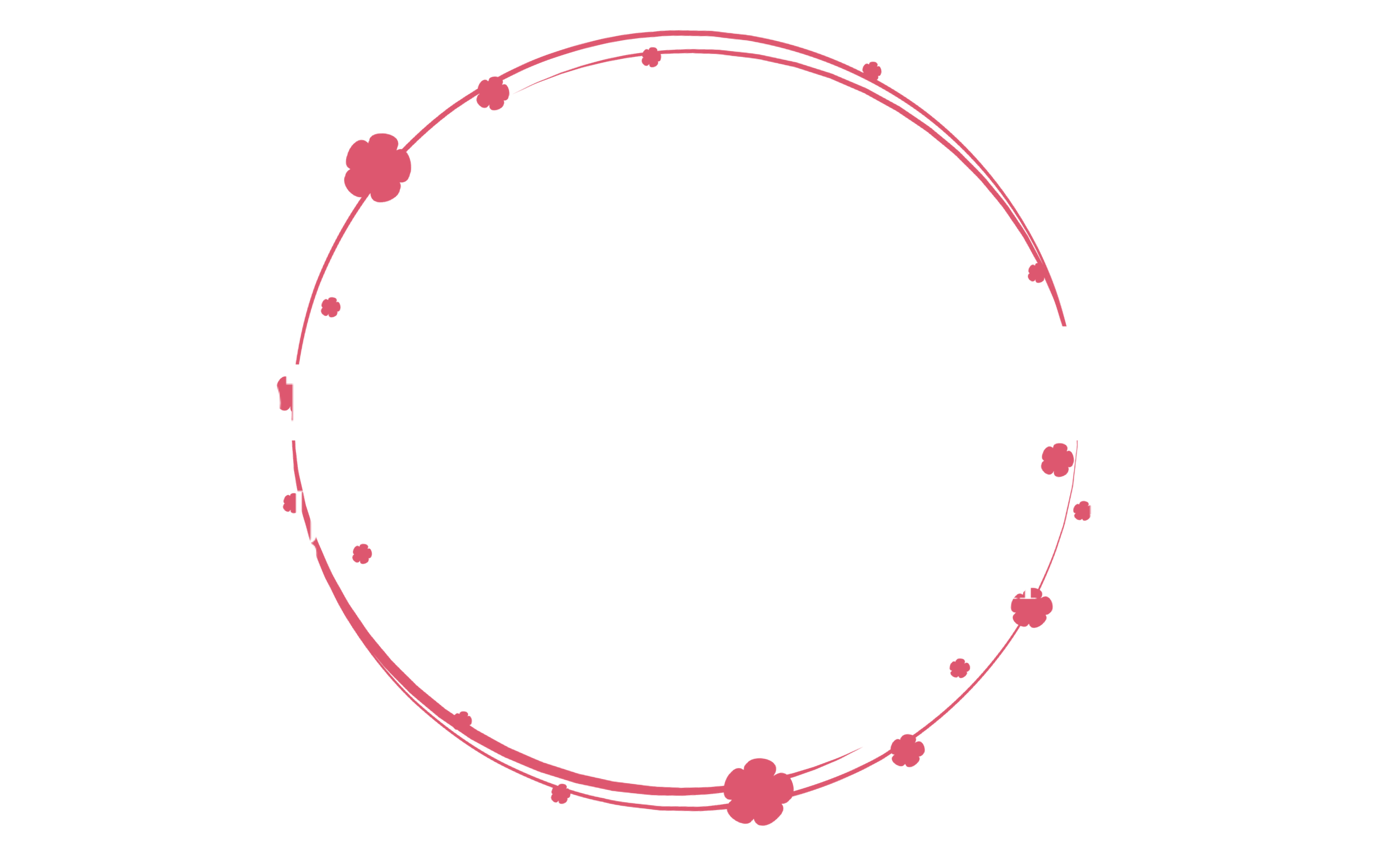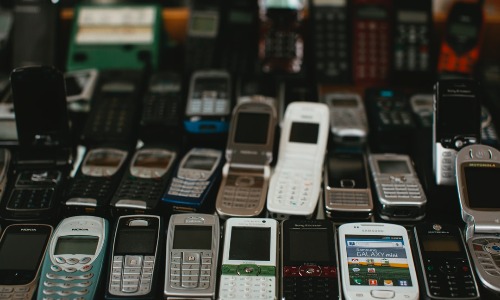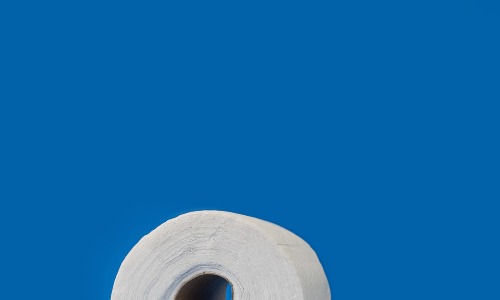Today, there are numerous robotic applications that provide humans with assistance in many different fields, from helping physically challenged individuals to assisting in rehabilitation. Robotic engineers and technologists have been developing robots for several years, but this technology has only been at the forefront of medical science for the past few decades. Patients rely heavily upon robots to record their medical histories, perform physical assessments, and record the results of laboratory tests. However, some of the most promising applications involve the use of robots to help physicians practice medicine. A robot can be trained to assist doctors with a wide range of medical tasks. The following article will review these innovative medical technologies and identify specific uses for robots in medicine.

Remote diagnostics robots (RDRs) are designed to detect problems more quickly and accurately than human professionals. RDRs can provide doctors with information about a patient’s symptoms in just a few minutes, while human doctors spend hours talking to patients and recording their medical histories. As a result, remote diagnostics robots have revolutionized the way doctors diagnose patients today. Although RDRs can diagnose and treat all types of medical conditions, they primarily serve to increase physician convenience. In order to allow doctors the greatest possible level of flexibility and accessibility, however, they need to incorporate personalized diagnostics into the software that controls the robots’ operations.
This facial recognition technology is used by ICom Simphony to determine a person’s age from a photo of the face. If a person is significantly older than the photo suggests they might be, the robot can indicate that a person might be suffering from certain physical problems, such as wrinkles or bone loss. Based on the mathematical model of the face, an accurate diagnosis can be generated and immediate treatment can be administered.
The next on the list of capabilities of ICom Simphony robots are its highly sophisticated algorithms that monitor vital signs. When a patient’s vitals are low, the system will notify a doctor or nurse of this condition. The accuracy rate of this system can reach 98% in detecting early signs of a heart attack or serious respiratory distress. In addition, the robot can monitor other vital signs like blood oxygen saturation and body temperature. If a person’s body temperature drops for any reason, the robot can immediately alert medical personnel to the potentially fatal situation.
The ability to perform tasks other than detecting and monitoring bodily functions is another one of ICom Simphony’s strong suits. A system like this is not only capable of monitoring a person’s vital signs; it can also read and interpret facial expressions. In addition, facial expression recognition technology allows robots to communicate effectively with humans and fellow social robots. Whether it’s using facial expressions to greet a new friend or communicating with a network of fellow social robots in order to secure supplies and meet requirements, human users will find the system incredibly useful and intuitive.
Beyond these exciting capabilities, the real value of ICom robots lies in their ability to help consumers. In the future, humans may have completely automated healthcare systems that can help them manage their own health and aging. However, it remains to be seen if such robots will be able to perform facial gestures and convey appropriate emotions. Until then, robots like ICom X-eye will provide the next level of human-robot interaction by teaching humans how to better engage with their computers.
-
 iClebo Alpha Robotic Vacuum Moist Mop All-Floor Cleaner, Good for Carpet & Hardwood Flooring, Self-Cleans with Superior Navigation Distant Management Digicam-Mapping Know-how$349.99
iClebo Alpha Robotic Vacuum Moist Mop All-Floor Cleaner, Good for Carpet & Hardwood Flooring, Self-Cleans with Superior Navigation Distant Management Digicam-Mapping Know-how$349.99 -
 NicePlush Clever Charging Robotic,Voice Management Dialogue Recording Sensor Early Training Dancing and Singing,Contact Sensor Good Robotics ,Speech Recognition and Voice Recording, Toy for Kids$29.90
NicePlush Clever Charging Robotic,Voice Management Dialogue Recording Sensor Early Training Dancing and Singing,Contact Sensor Good Robotics ,Speech Recognition and Voice Recording, Toy for Kids$29.90 -
 Robotic Coupe R100 Replacment Blade – Made in Italy Suits R101 – S Blade$84.99
Robotic Coupe R100 Replacment Blade – Made in Italy Suits R101 – S Blade$84.99 -
 ONWRACE Mini Pocket Robotic Voice Management Chat Report Sing Dance Interactive Youngsters Blue$15.09
ONWRACE Mini Pocket Robotic Voice Management Chat Report Sing Dance Interactive Youngsters Blue$15.09 -
 Tomons STEM Toys 6-in-1 Photo voltaic Robotic Equipment Studying Science Constructing Toys Academic Science Kits Powered by Photo voltaic Robotic for Youngsters 8 9 10-12 12 months Outdated Boys Women Presents$19.99
Tomons STEM Toys 6-in-1 Photo voltaic Robotic Equipment Studying Science Constructing Toys Academic Science Kits Powered by Photo voltaic Robotic for Youngsters 8 9 10-12 12 months Outdated Boys Women Presents$19.99 -
 Vacuum Substitute Elements for Shark ION Robotic RVSBK950 R85 RV850 RV850BRN RV850WV RV851WV RV871 S86 S87 RV700_N R71 R72 RV720_N R75 RV750_N AV752 Vacuums Attachments, Rotates 360 Levels, 6 Pack$8.49
Vacuum Substitute Elements for Shark ION Robotic RVSBK950 R85 RV850 RV850BRN RV850WV RV851WV RV871 S86 S87 RV700_N R71 R72 RV720_N R75 RV750_N AV752 Vacuums Attachments, Rotates 360 Levels, 6 Pack$8.49 -
 Luwsldirr Mini Pocket Robotic Voice Management Chat File Sing Dance Interactive Youngsters Blue$14.49
Luwsldirr Mini Pocket Robotic Voice Management Chat File Sing Dance Interactive Youngsters Blue$14.49 -
 Trifo Maxwell Robotic Vacuum. 2500 Pa Robust Suction, House Safety Digital camera, 120 Minutes Runtime&Self-Charging, Google Assistant/Amazon Alexa/2.4G WiFi, Best for Pet Hair, Onerous Woods and Low-Pile Caepet$399.99
Trifo Maxwell Robotic Vacuum. 2500 Pa Robust Suction, House Safety Digital camera, 120 Minutes Runtime&Self-Charging, Google Assistant/Amazon Alexa/2.4G WiFi, Best for Pet Hair, Onerous Woods and Low-Pile Caepet$399.99 -
 Robotic Prepare Season 2 Rework Robotic Maxie$18.90
Robotic Prepare Season 2 Rework Robotic Maxie$18.90







